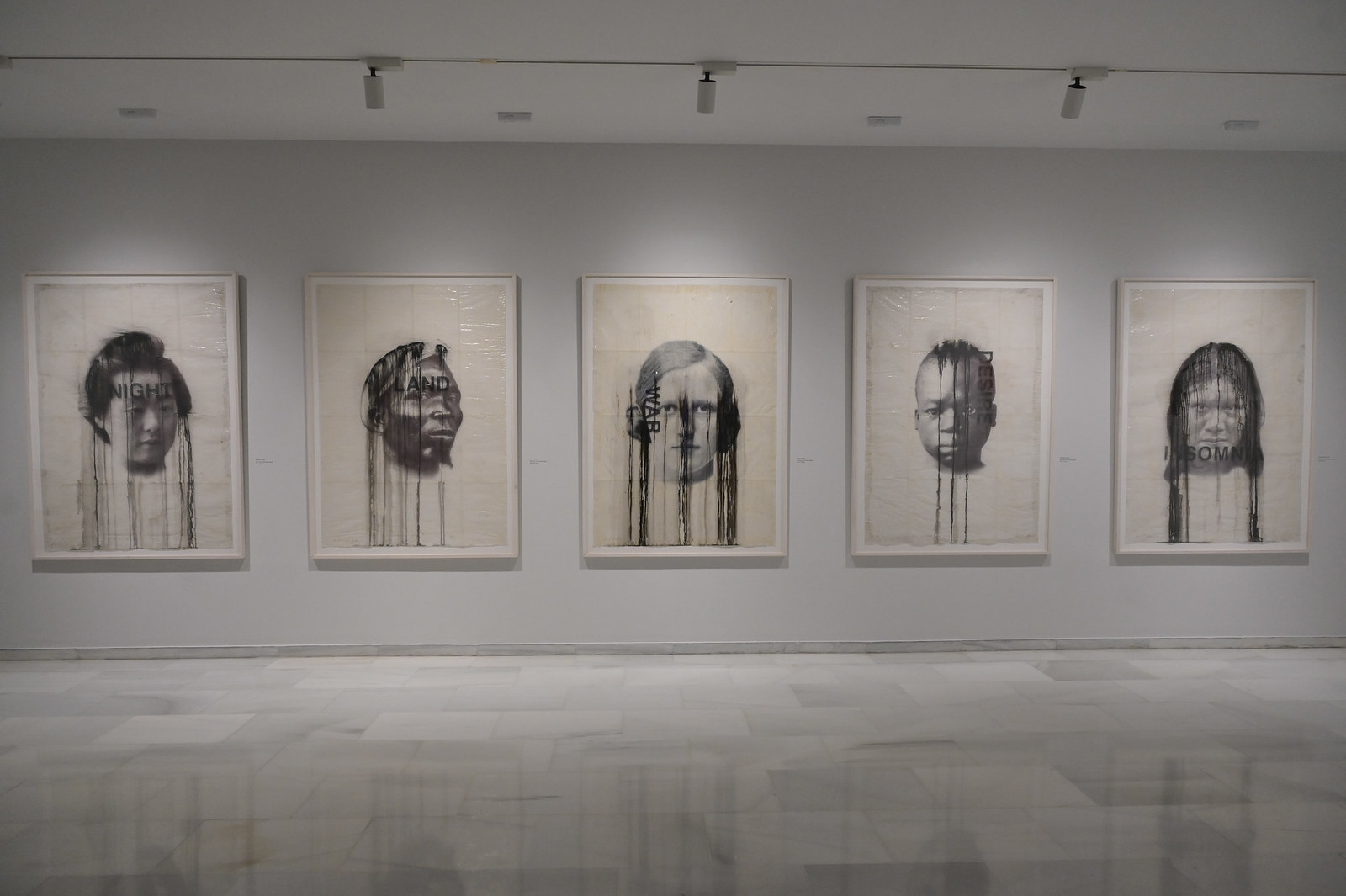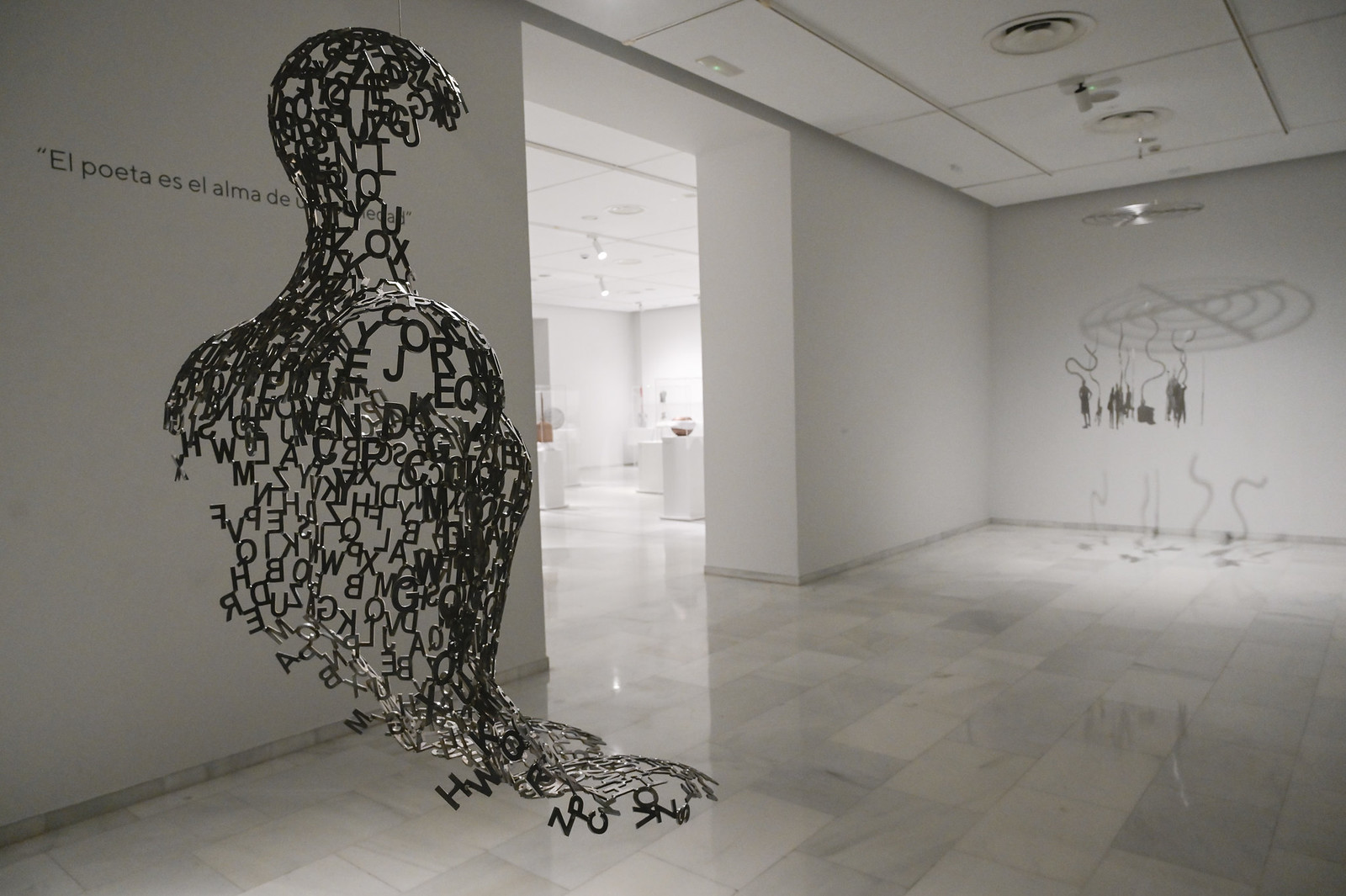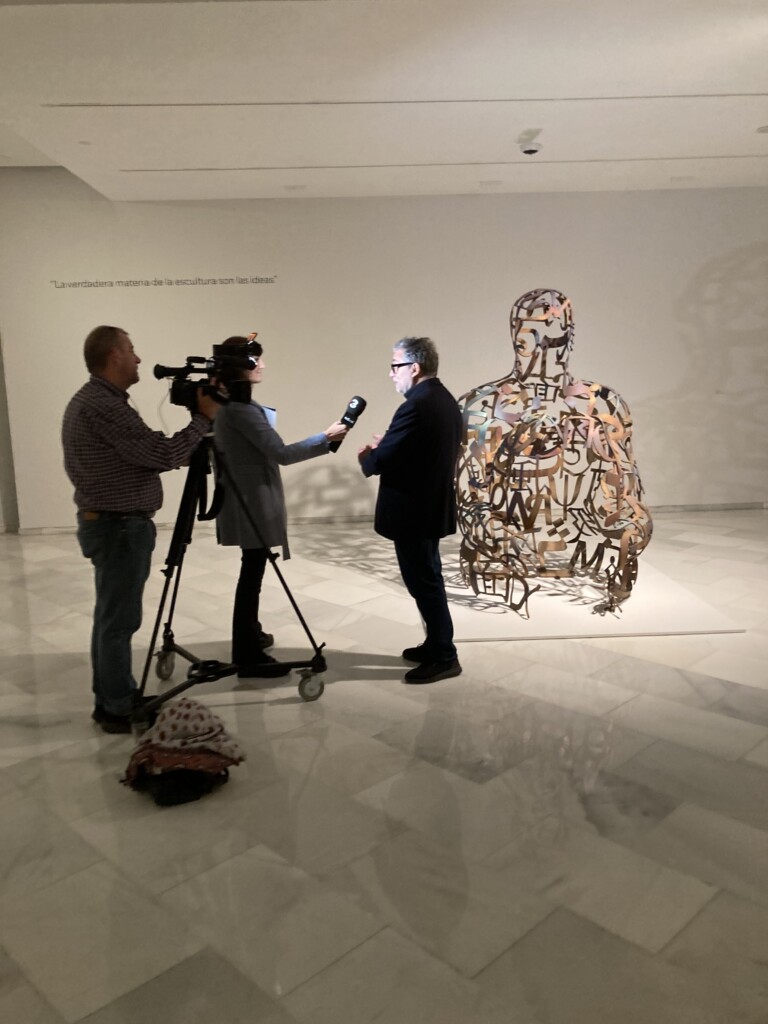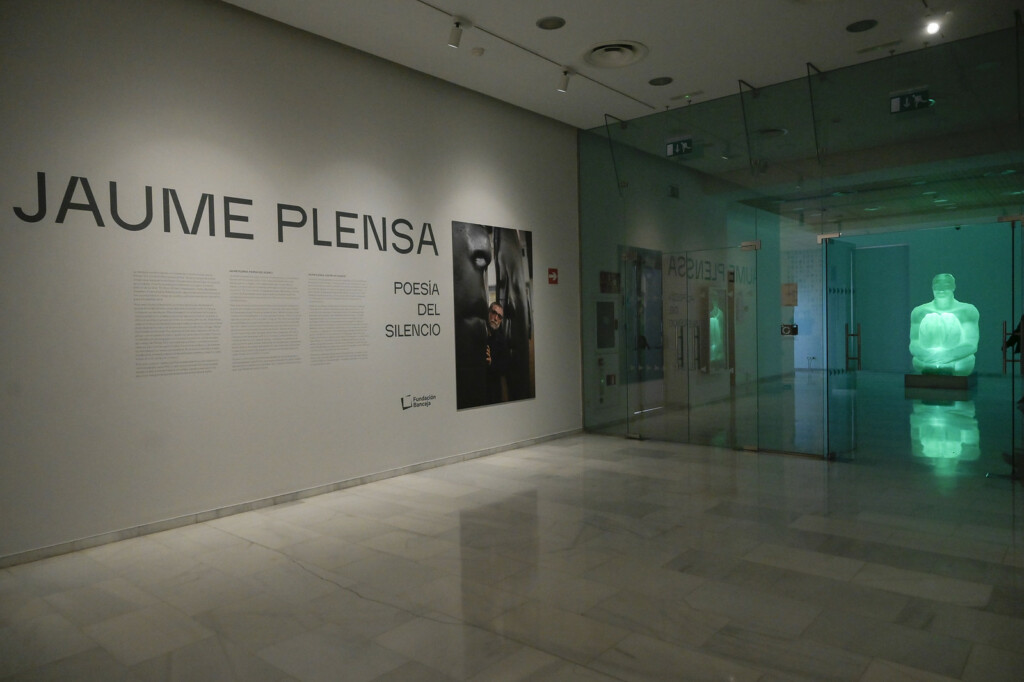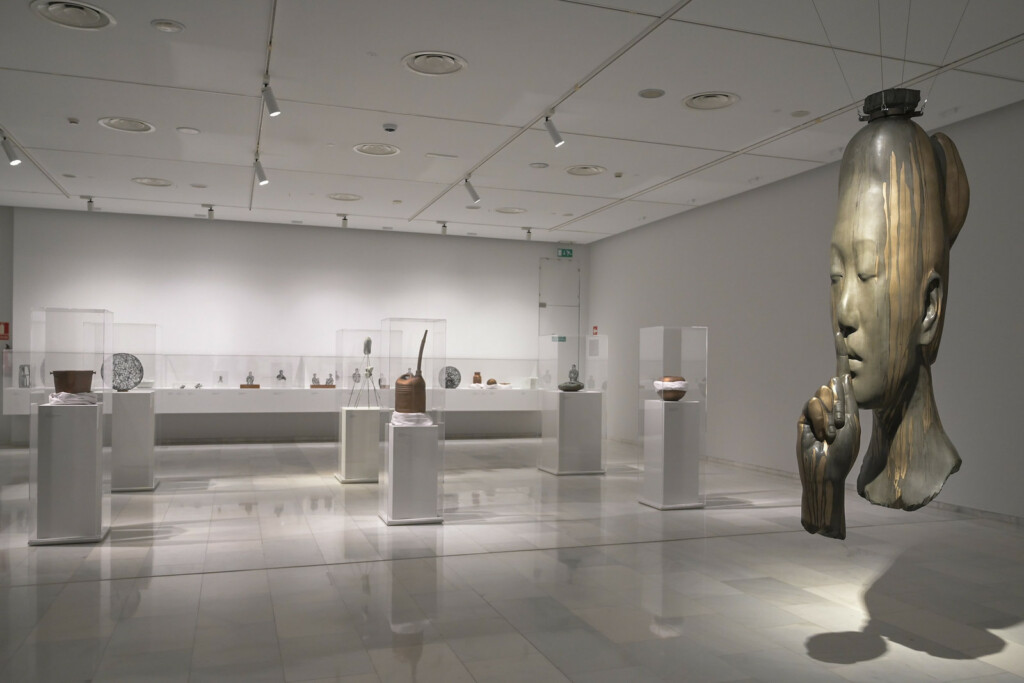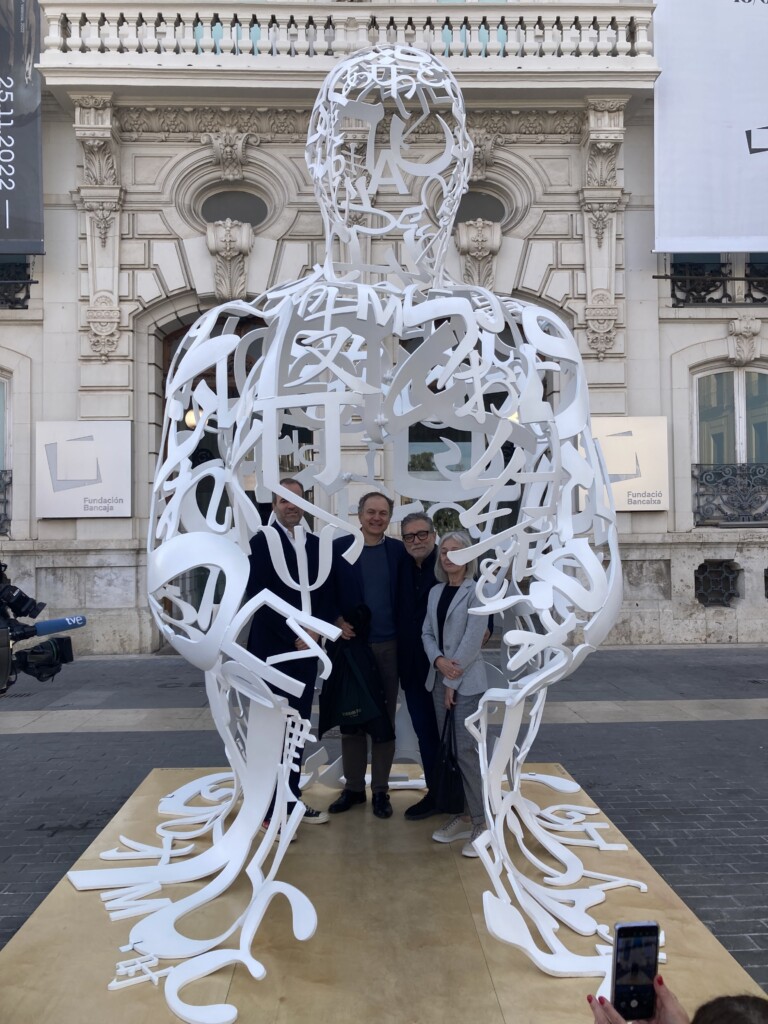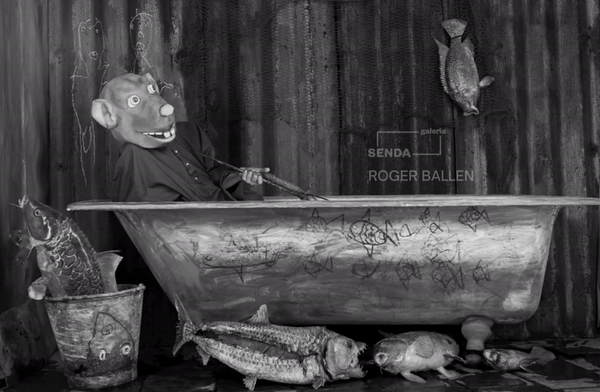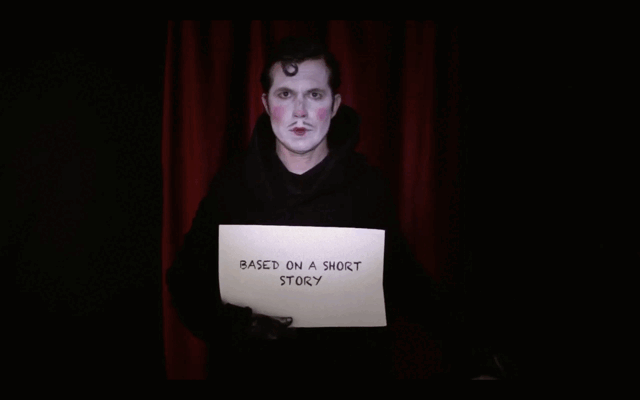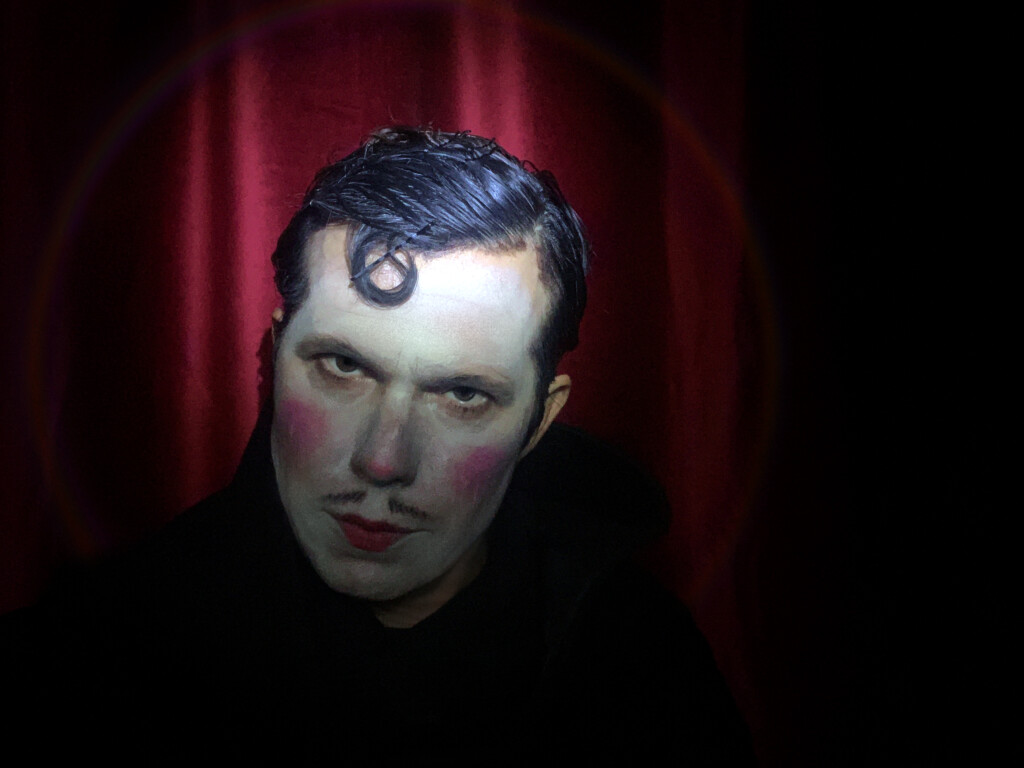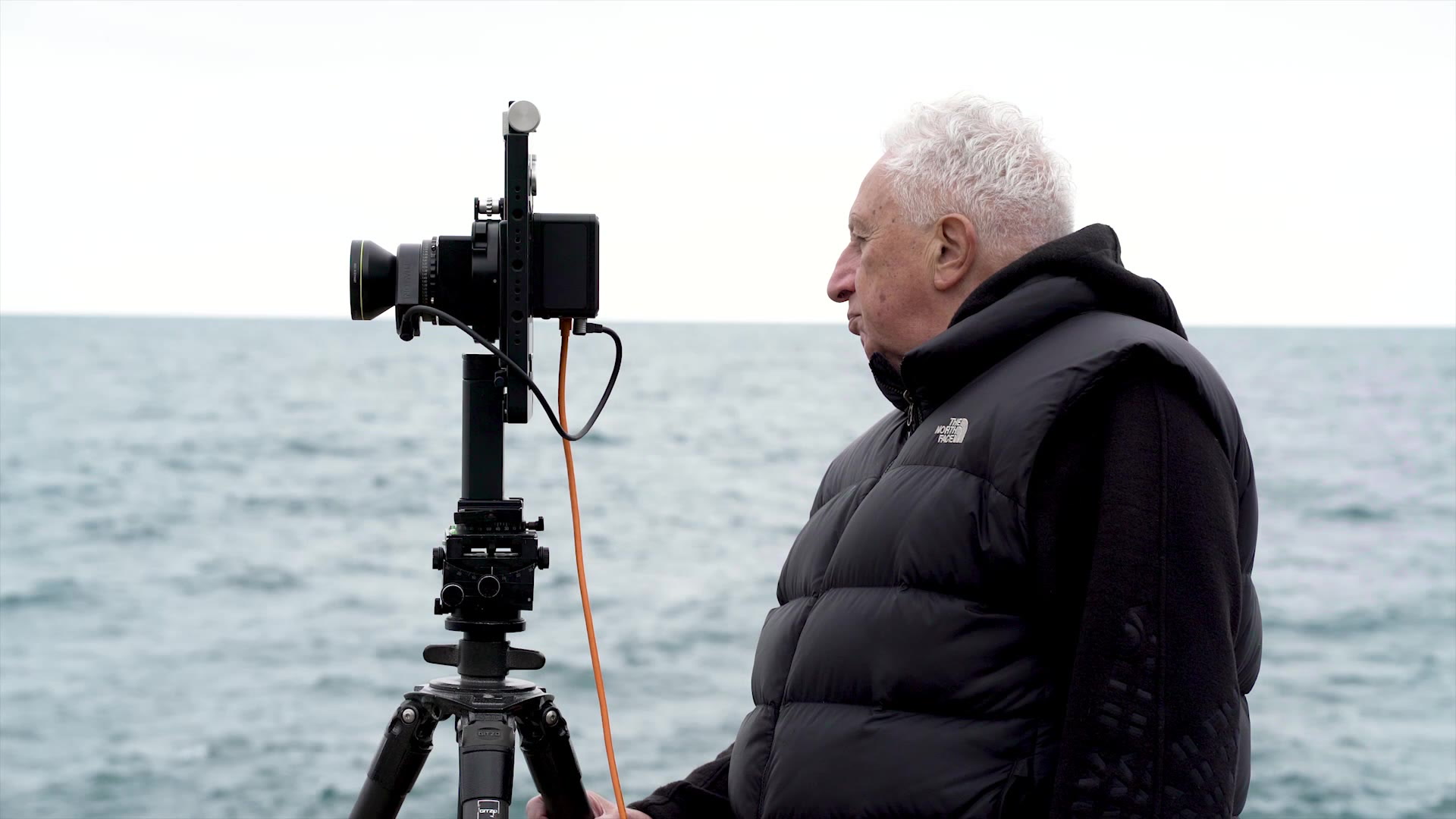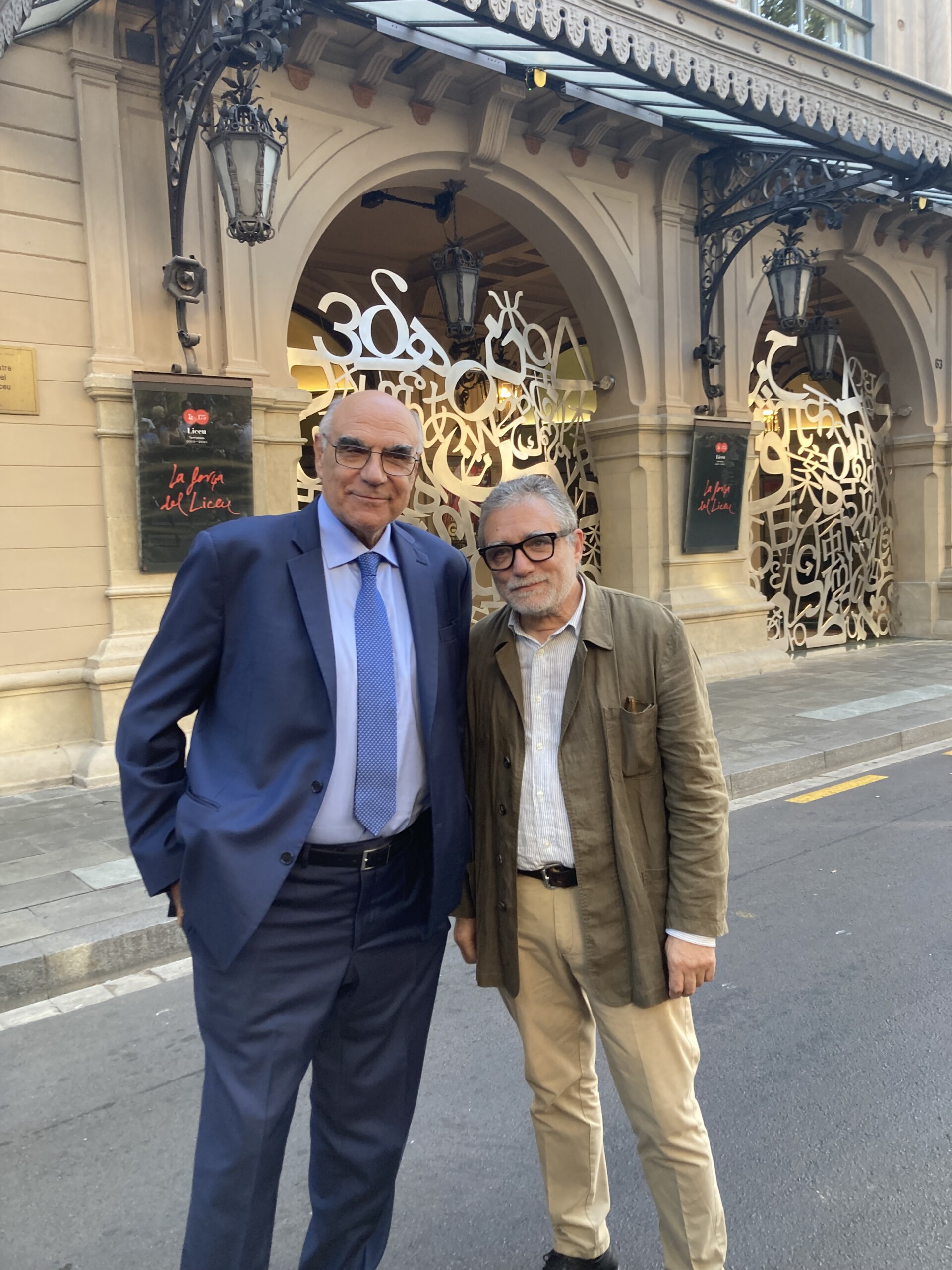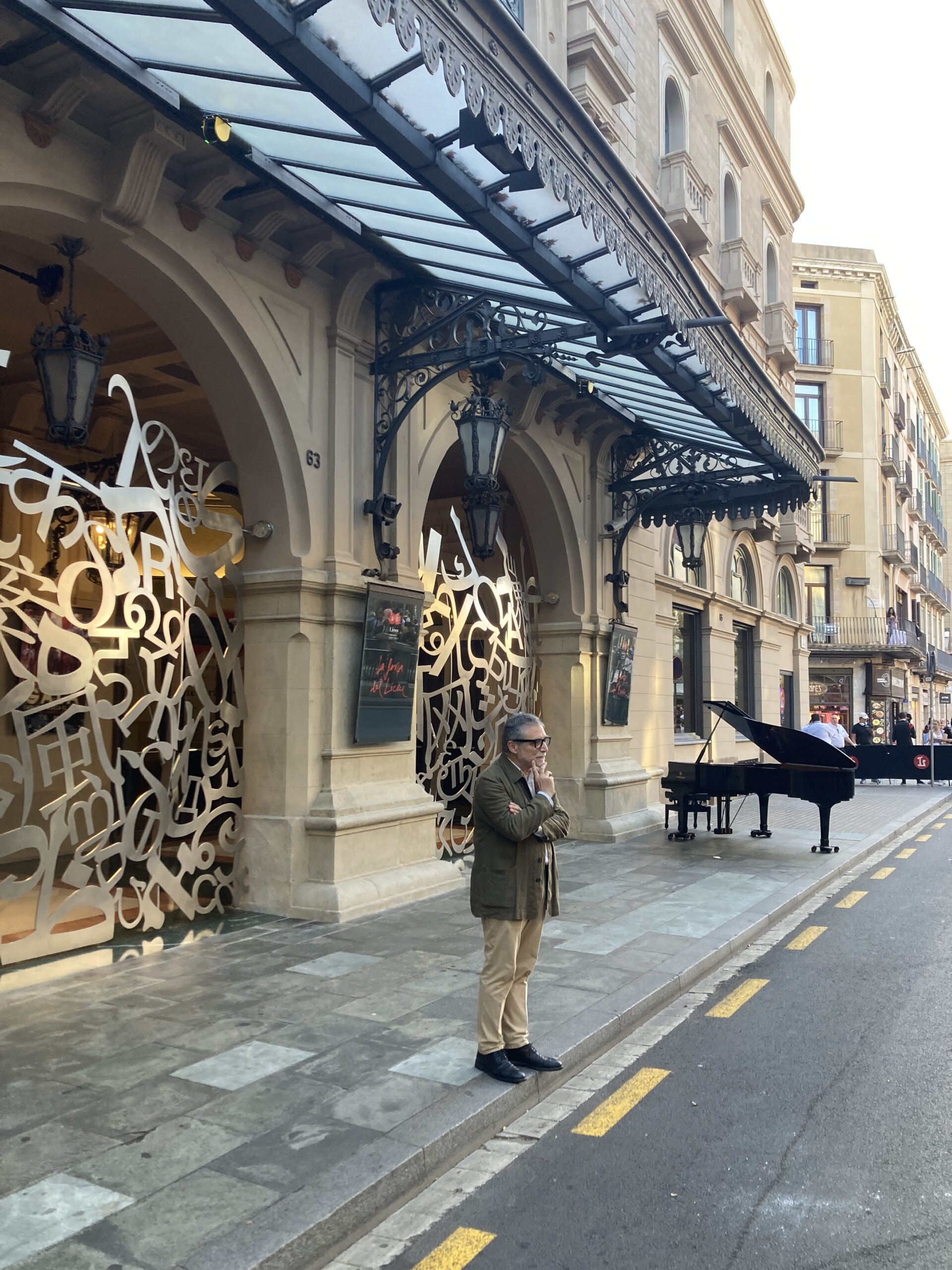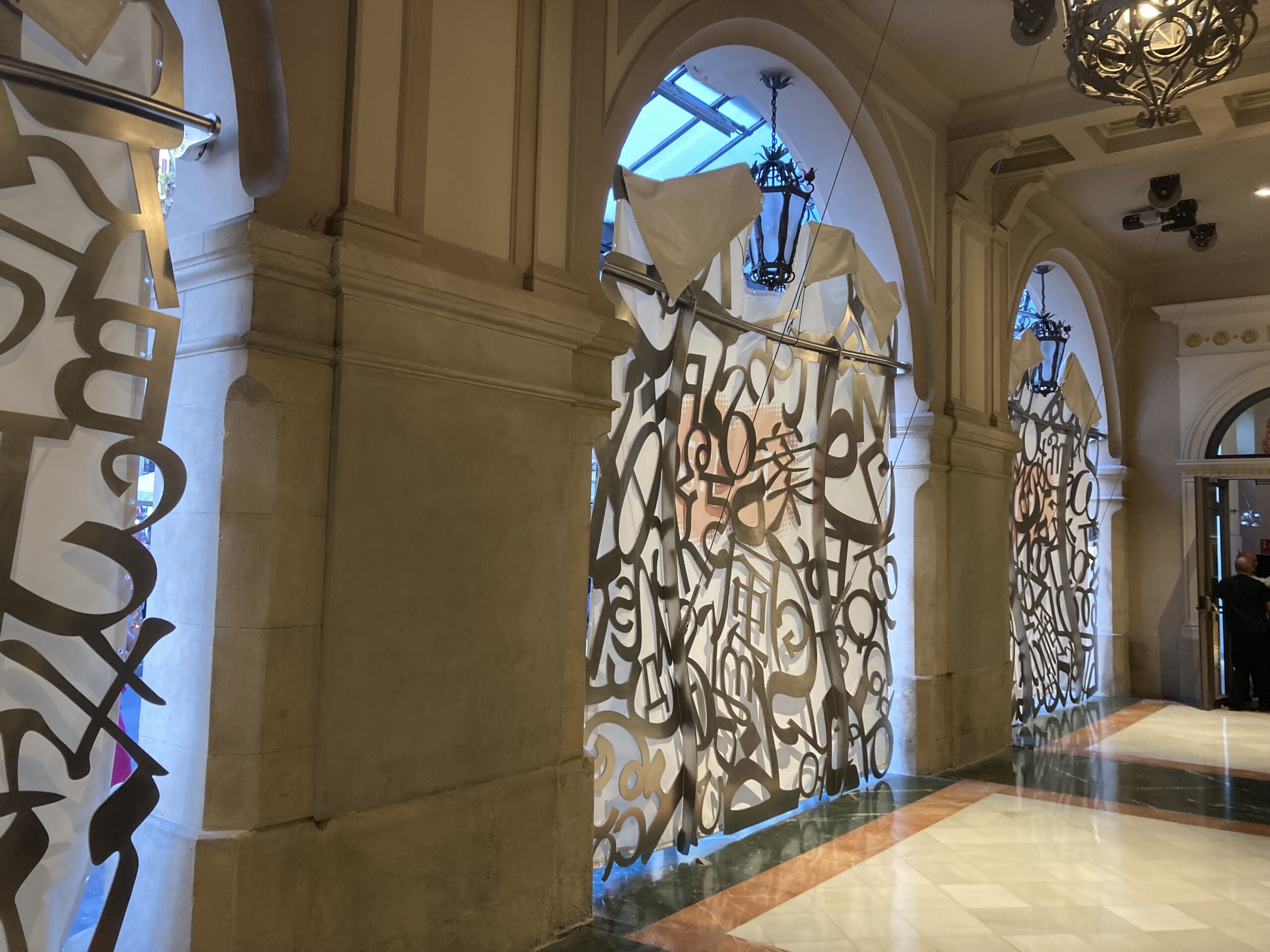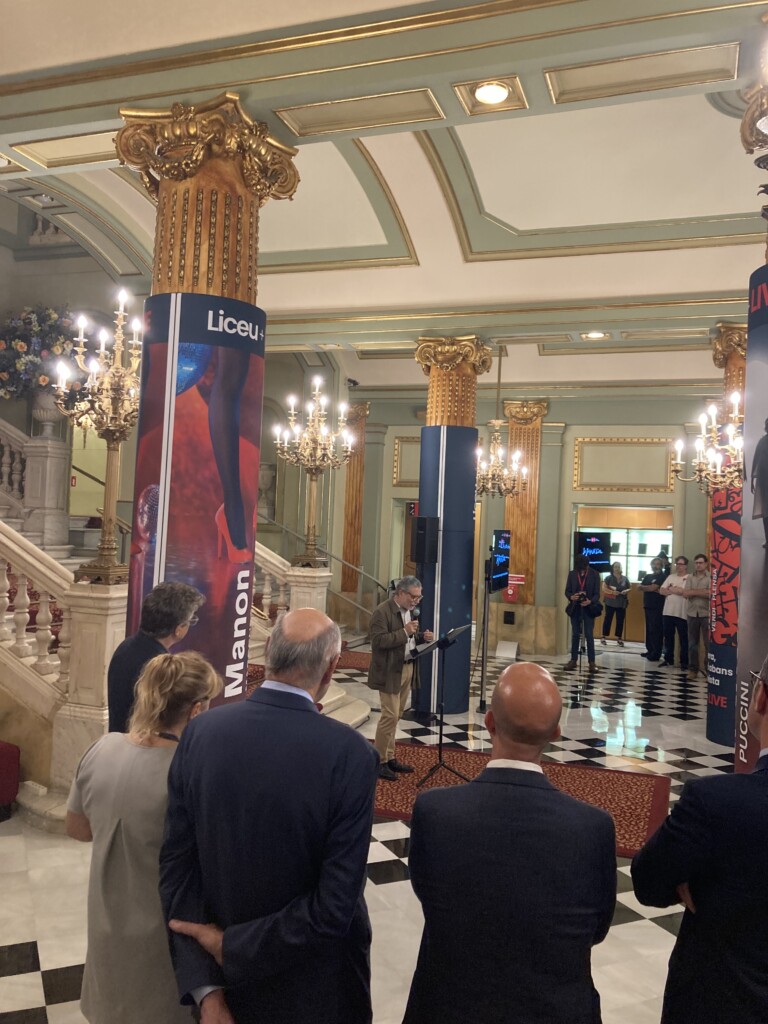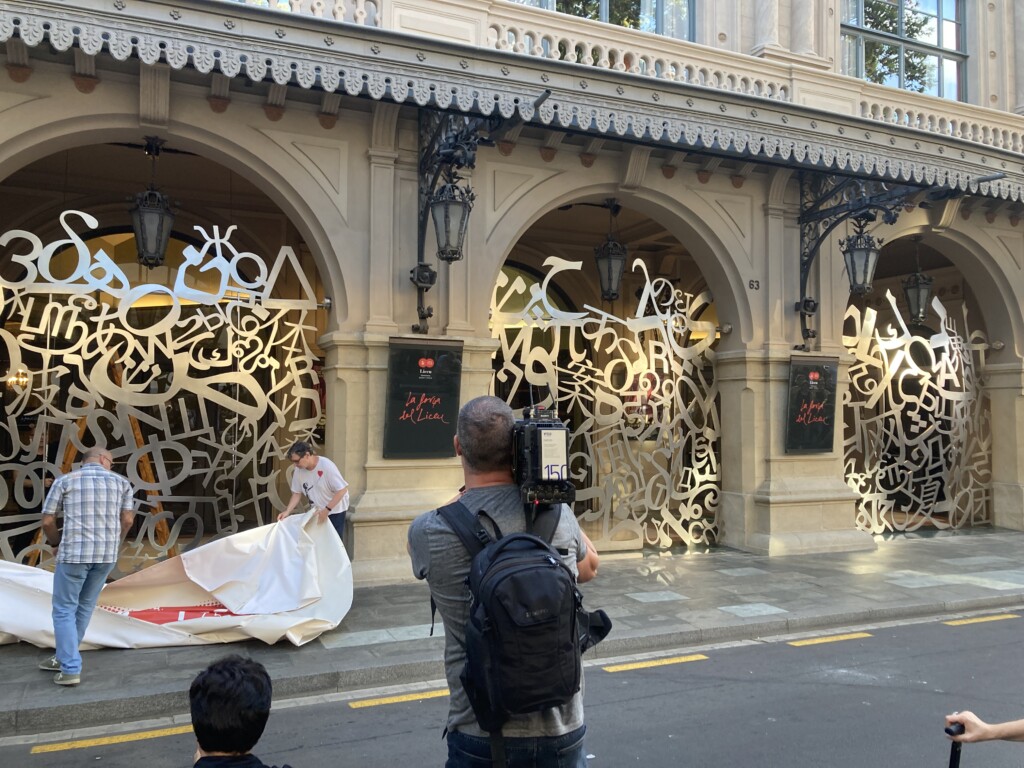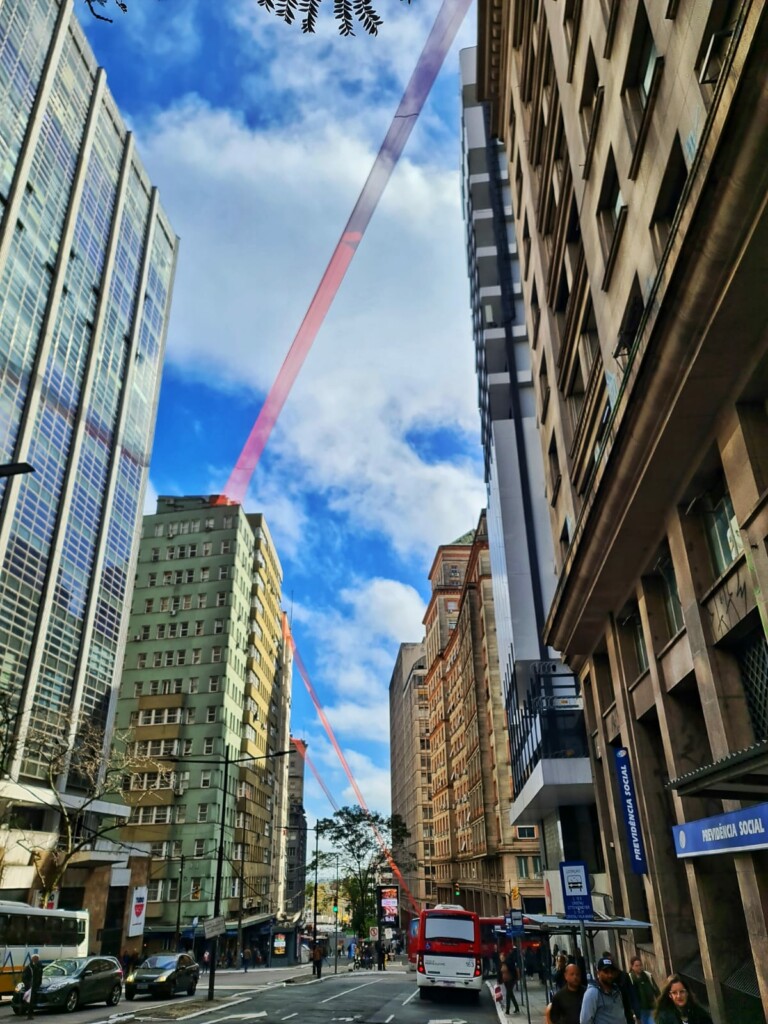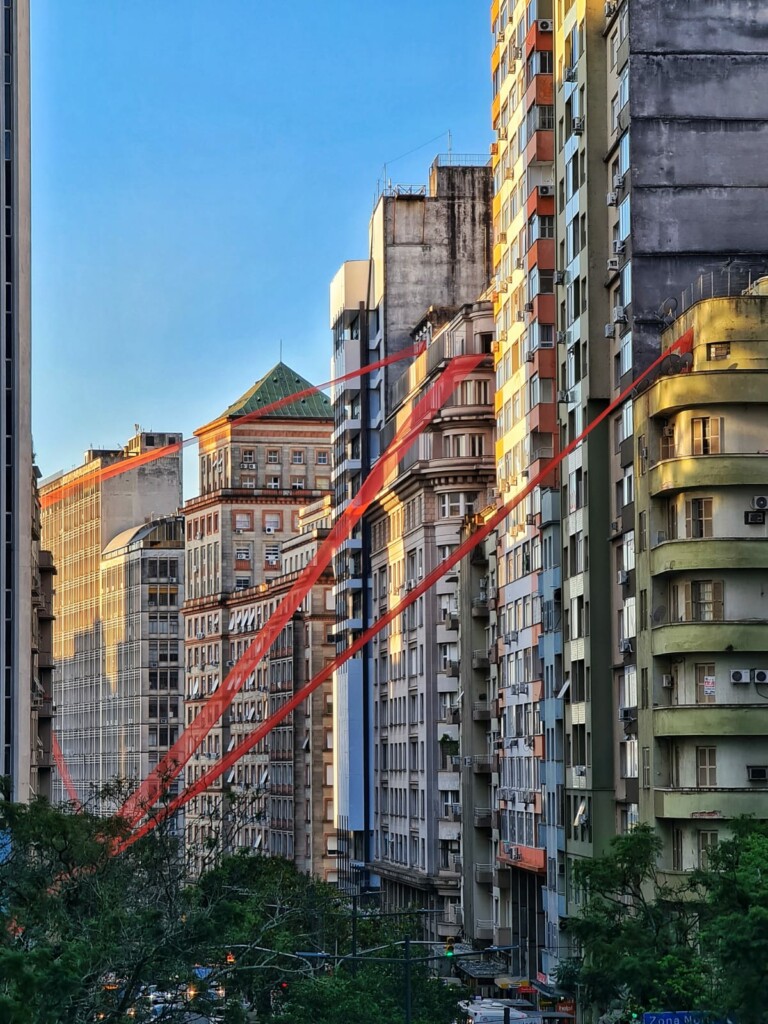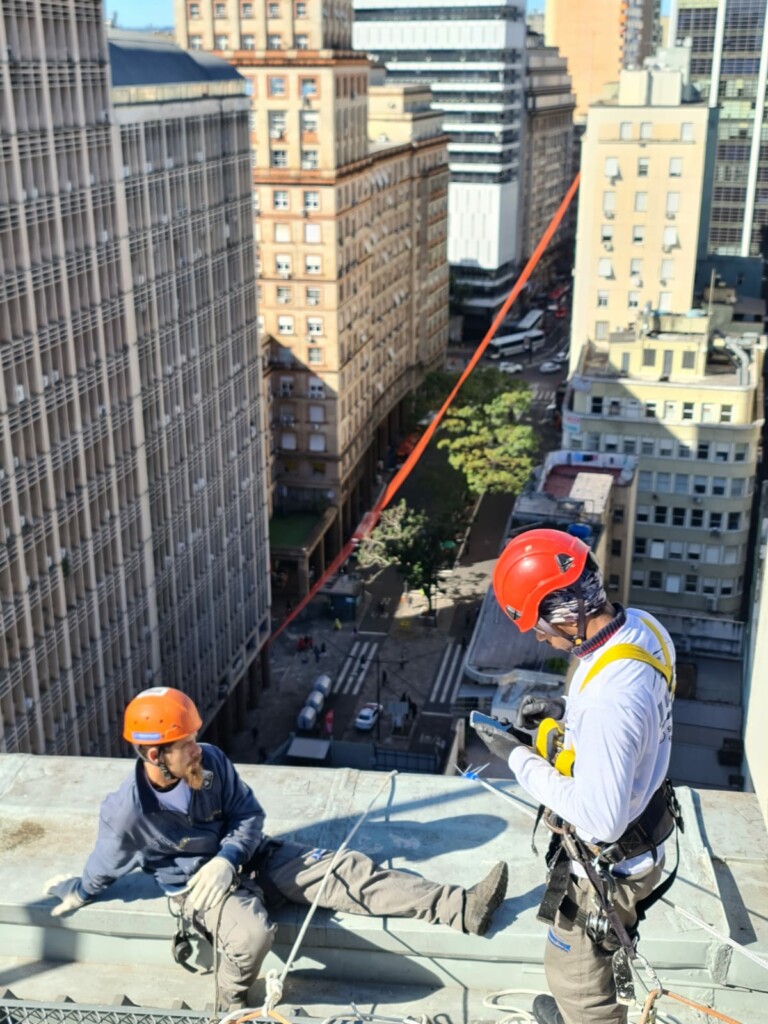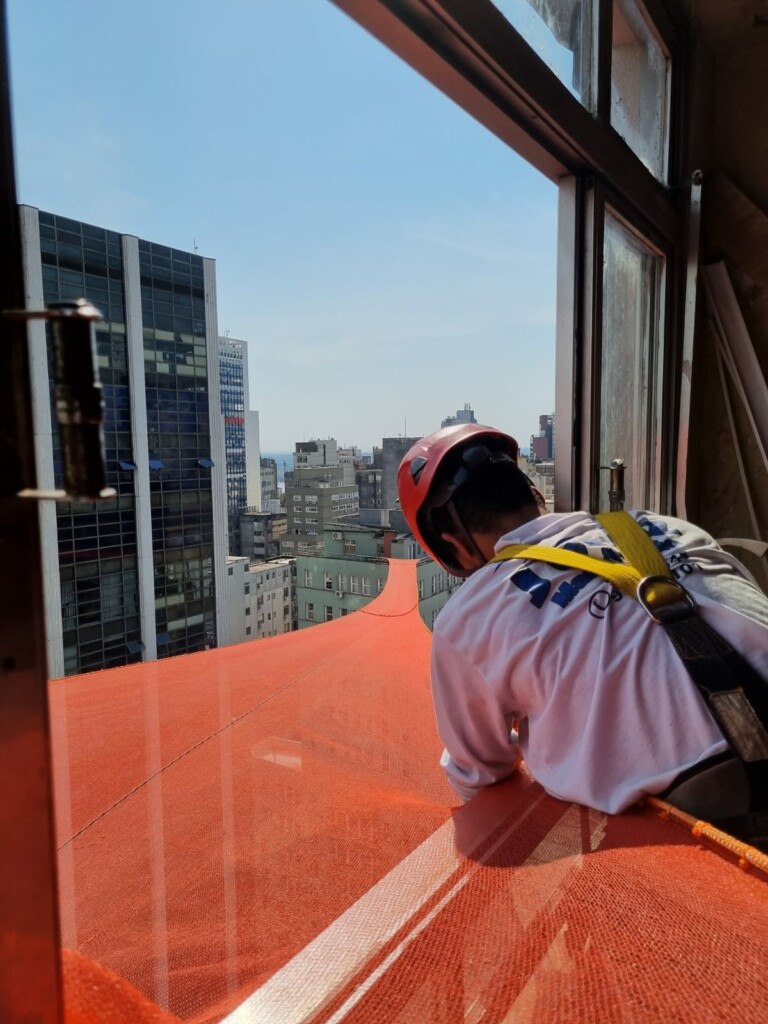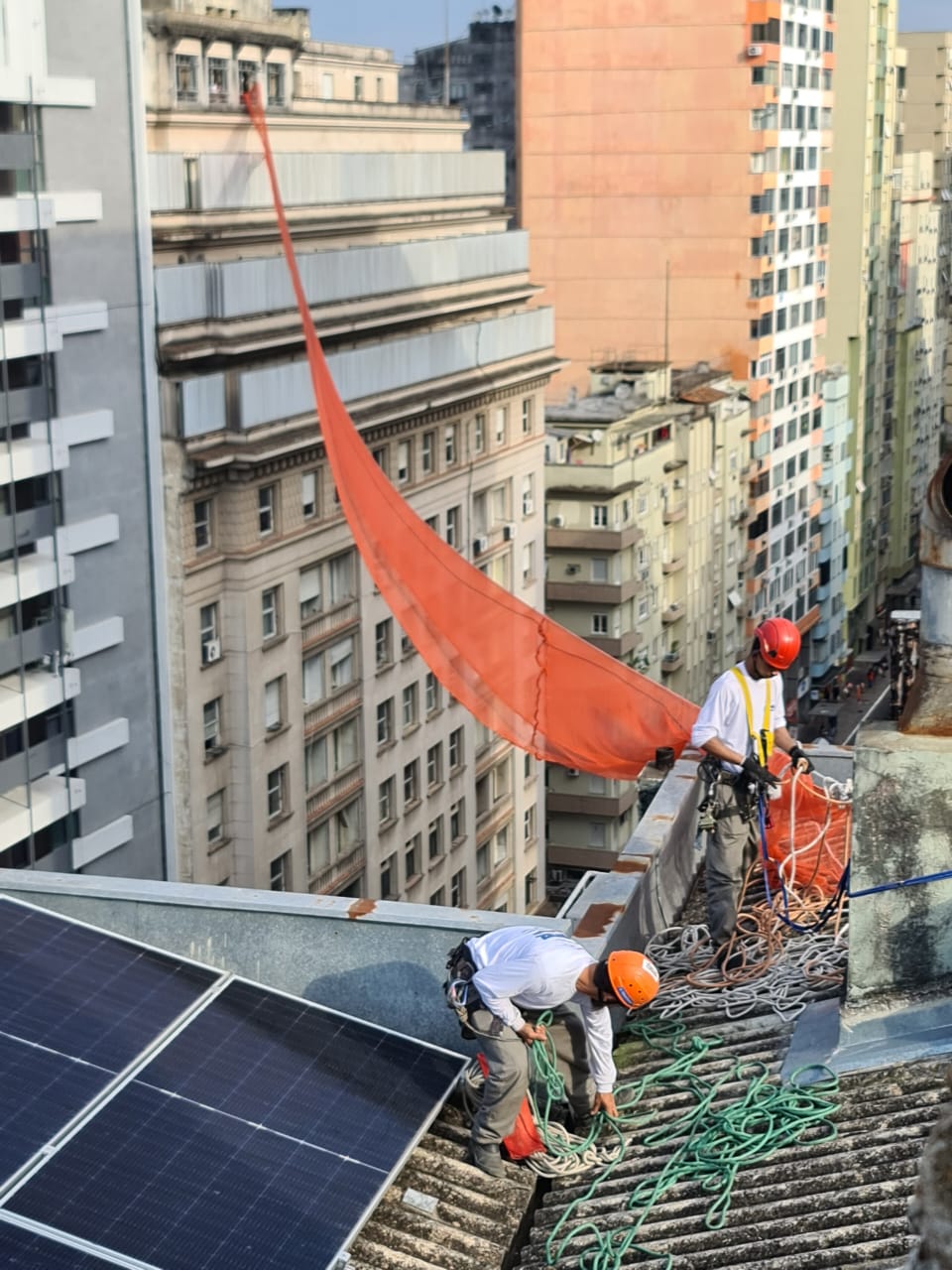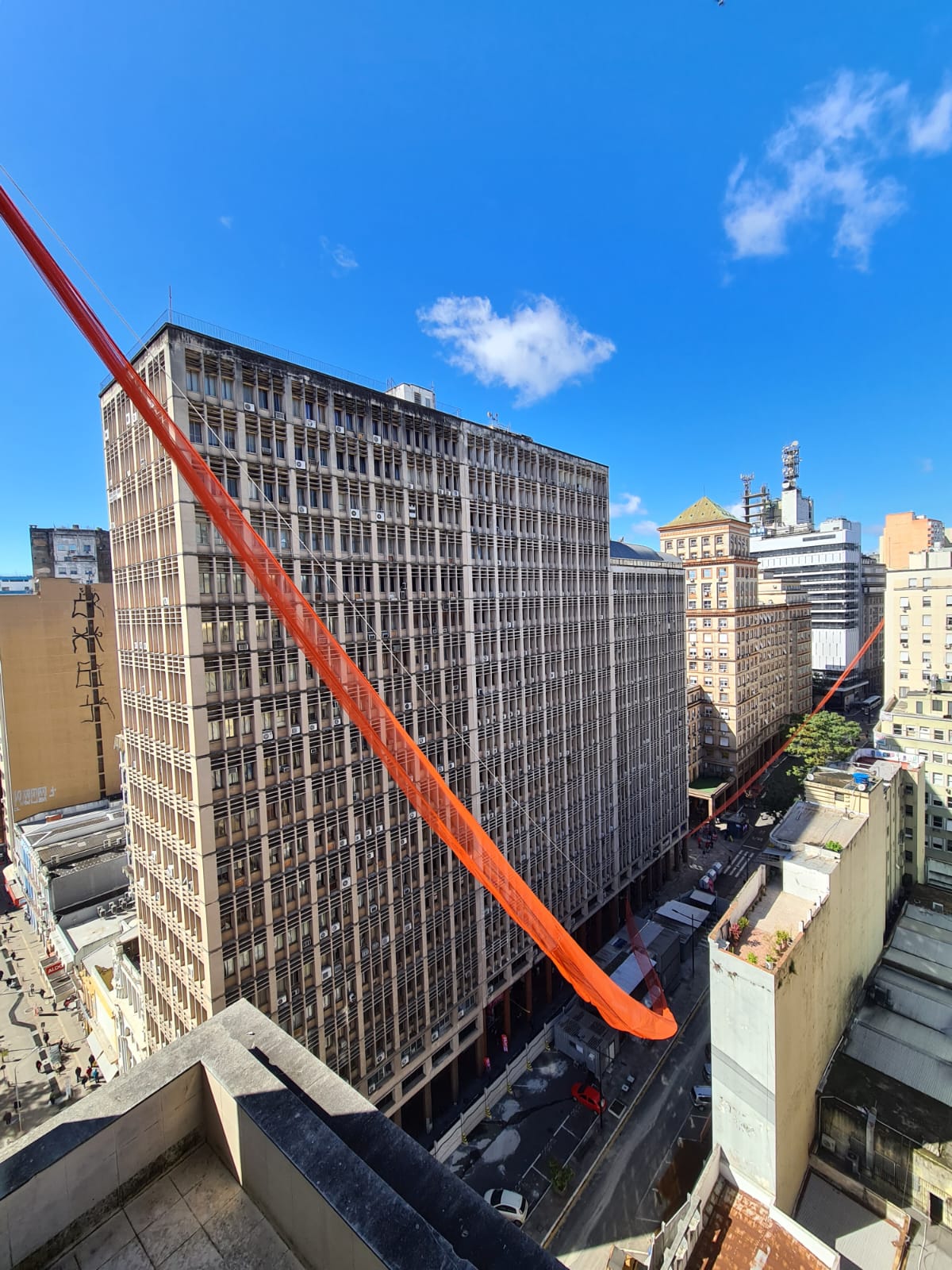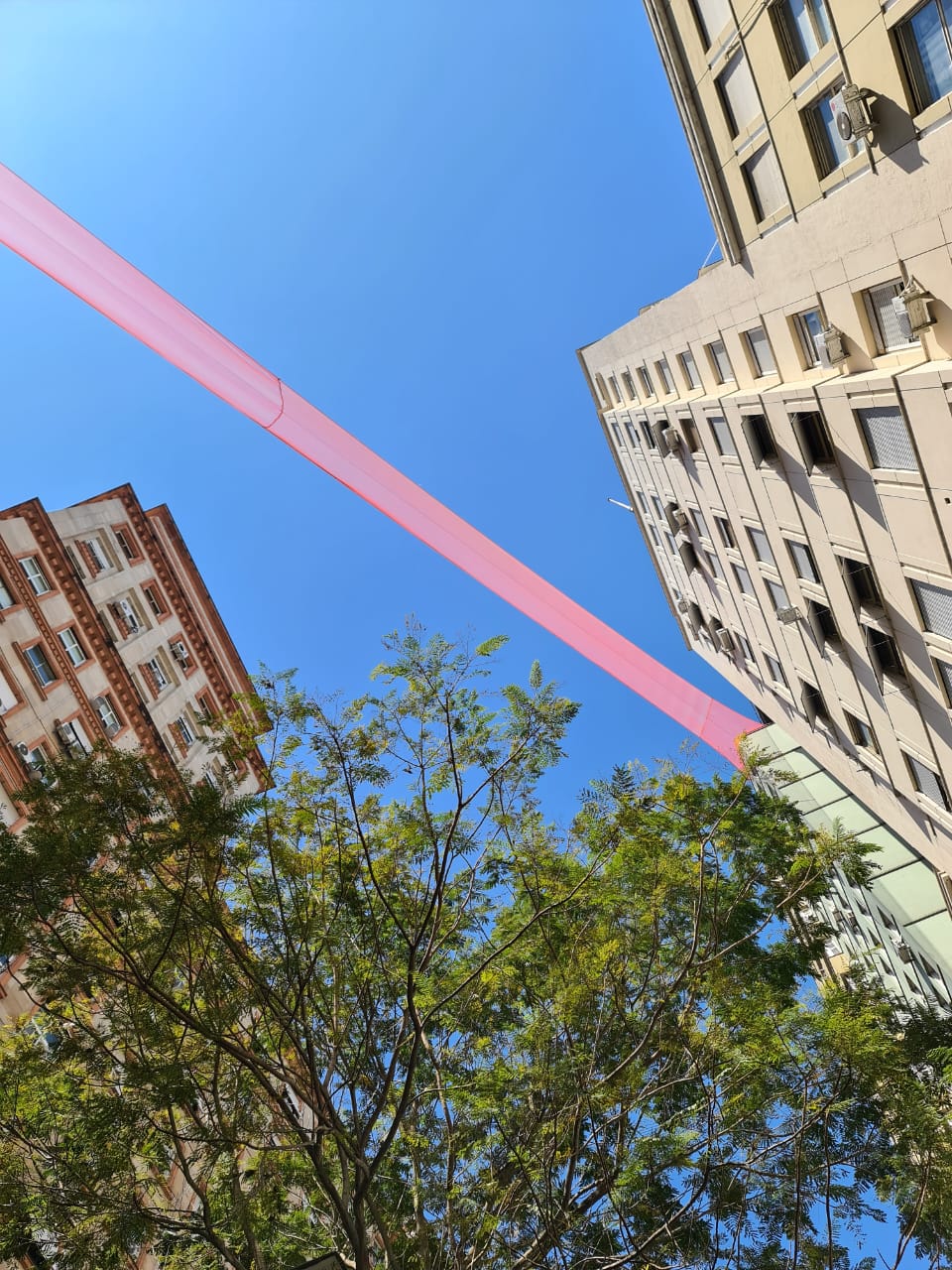- No products in the cart.
Children of the Fundació Comtal portray works exhibited in the gallery for the “World Selfie Day in Museums”
Last Wednesday, January 18, 2023 will remain engraved in the memory of the children of the Fundación Comtal, an organization that has been working tirelessly since 1994 to provide opportunities for the future to children, adolescents and young people in vulnerable situations and their families. On this special occasion, on the occasion of “World Selfie Day in Museums”, they had the privilege of visiting Galeria SENDA.
From the moment they set foot in the gallery, the young people were greeted with a warm welcome and a detailed explanation of the current exhibition: “Love Song” by renowned artist Elena Del Rivero. Excited by the opportunity to immerse themselves in the world of contemporary art, they listened attentively as the story and meaning behind each work of art on display at SENDA was narrated to them.
After absorbing all the information about the exhibition, came the most exciting moment of the visit. As part of the scheduled activity, each child was invited to choose one of the works on display in the gallery to study it closely. With pencils and paper in hand, they immersed themselves in a world of creativity and expression. With each stroke, they tried to capture the essence and beauty of the surrounding artwork. From the vibrant colors to the smallest details, each child let their imagination run wild as they brought their own interpretation of the works to life.
Amidst laughter and murmurs of excitement, the young people shared their creations with each other, enthusiastically describing every detail they had captured in their drawings. For many of them, this experience was much more than just an artistic exercise; it was a unique opportunity to express their emotions and unleash their creativity.
As the visit came to an end, the young people left Galeria SENDA with a sense of satisfaction and pride in what they had accomplished. For them, this experience was not only an opportunity to explore the world of art, but also a reminder that, despite the challenges they face in their daily lives, they have the power to create beauty and meaning around them.
In short, “World Selfie Day at Museums” was not only a celebration of art, but also a reminder of the positive impact art can have on the lives of children, especially those who need it most. Although it may seem like a global, absurd and little-known day, it is thanks to such oddities that art never dies. Moreover, thanks to initiatives such as the one proposed by Galeria SENDA for this celebration, art continues to be a beacon of hope and creativity for future generations. Because, as the German philosopher Friedrich Nietzsche, said: “Without art, life would be a mistake“.
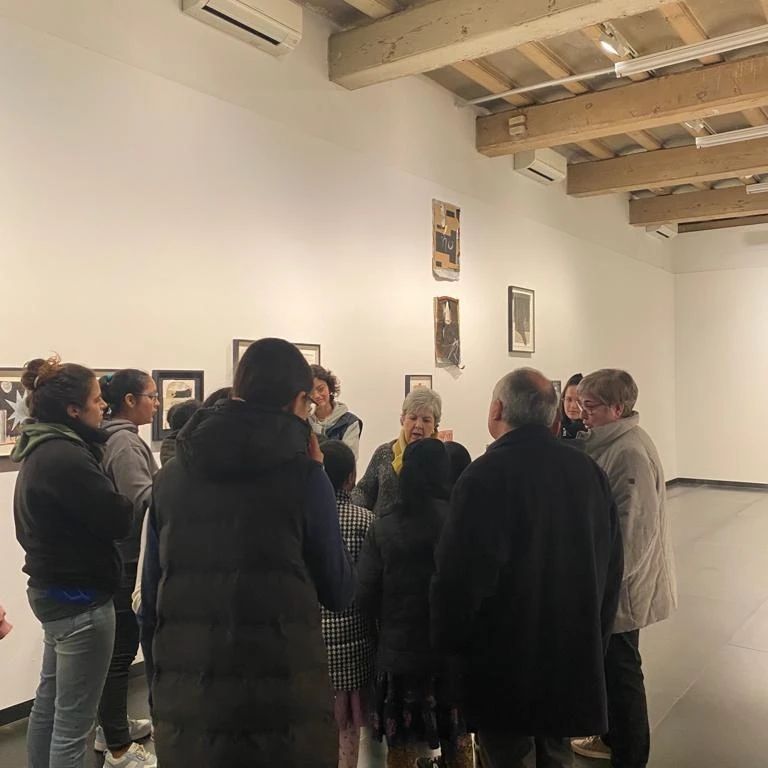
Chus Roig, partner and co-founder of the gallery during the explanation with the Fundació Comtal group
Here are some of the most outstanding drawings that the children of the Fundació Comtal created for this initiative, along with their respective original work:
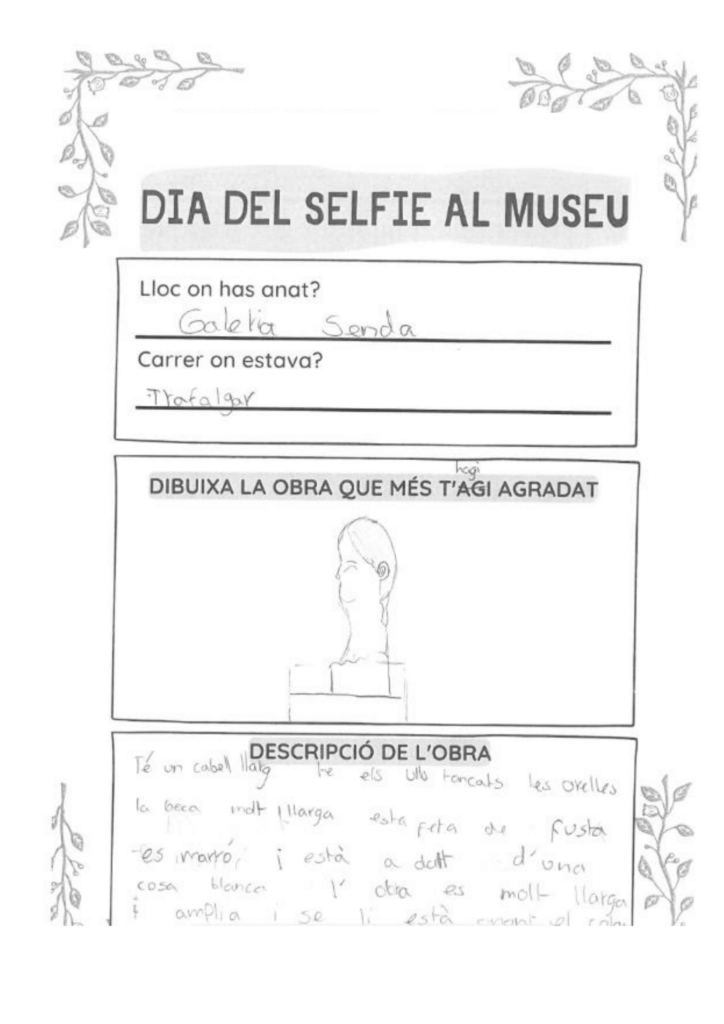

Martina (2022)
Wood, 140 x 32 x 44 cm
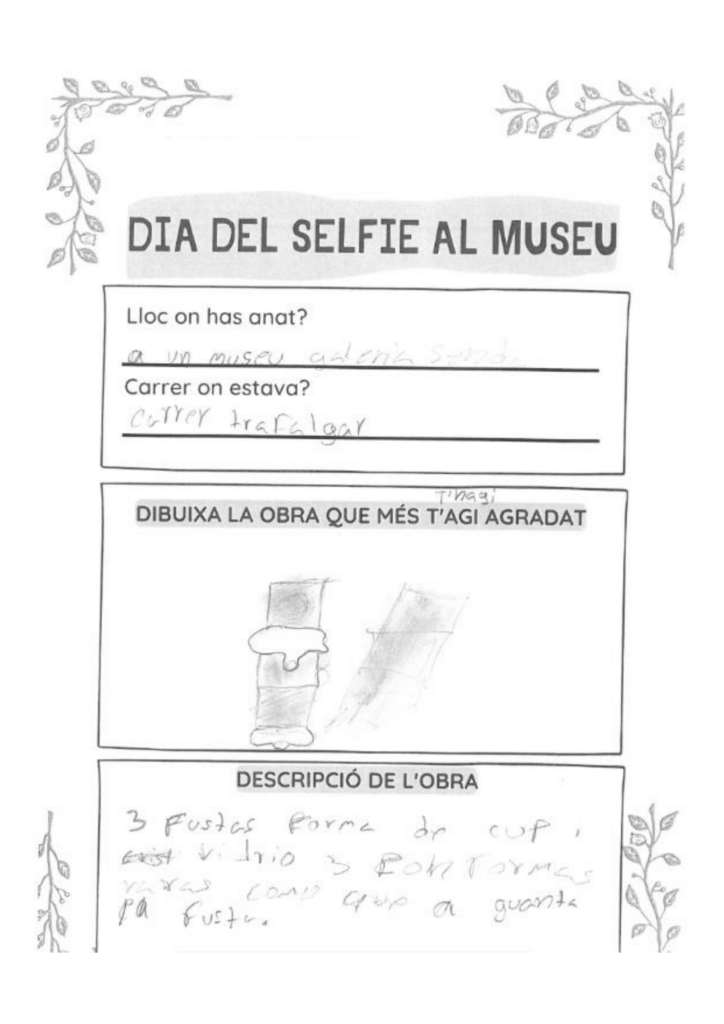
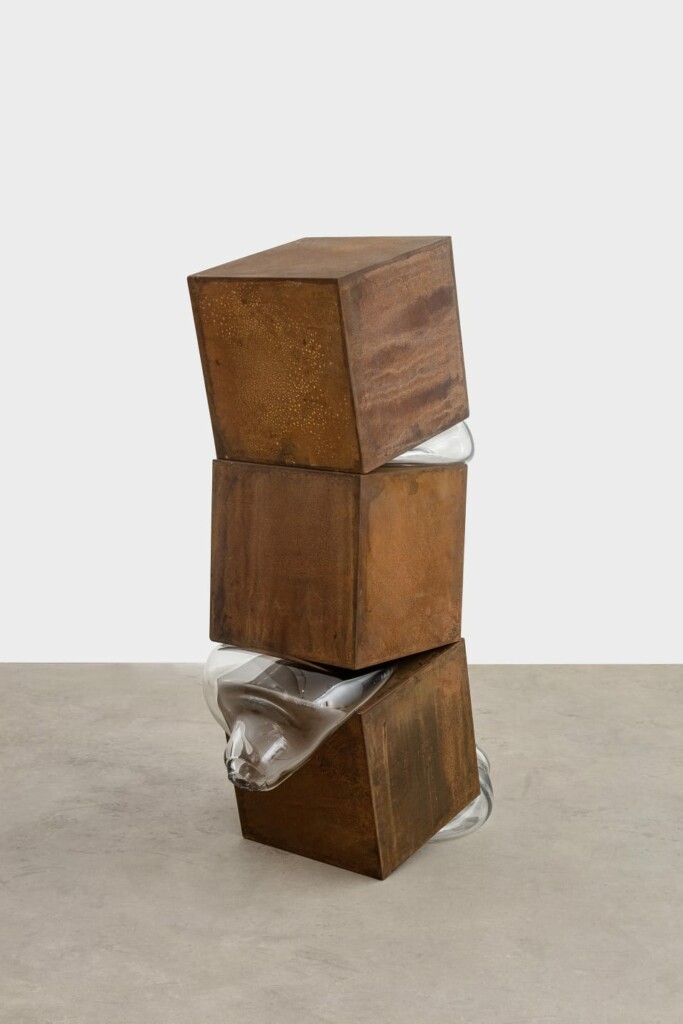
Complicity #29 (2021)
Steel and glass, 140 x 40 x 96 cm
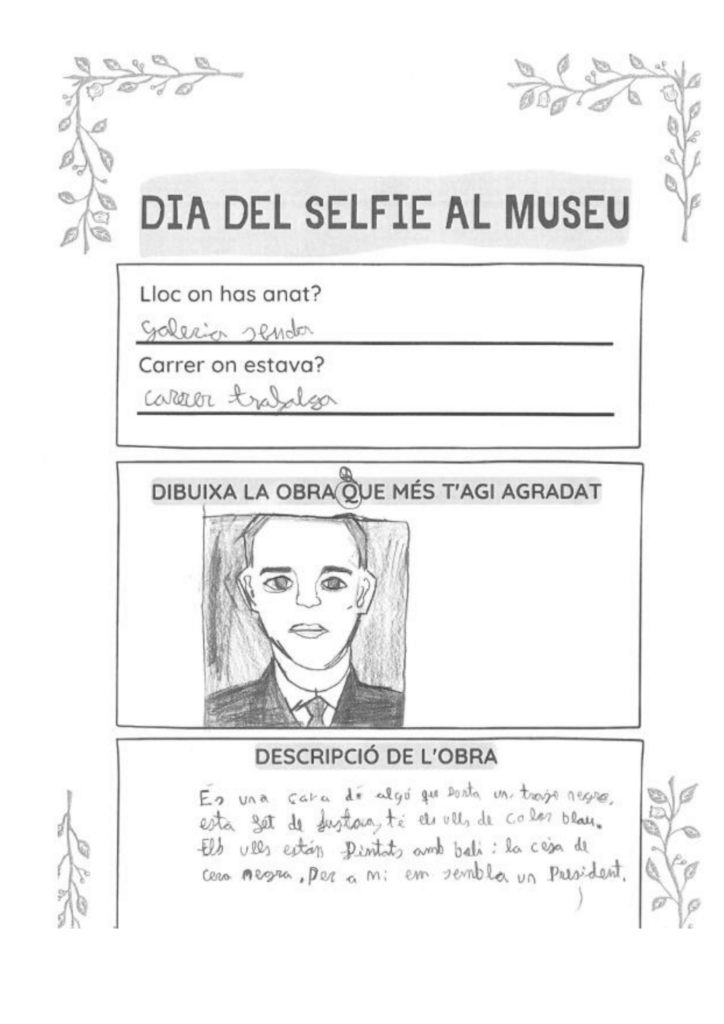
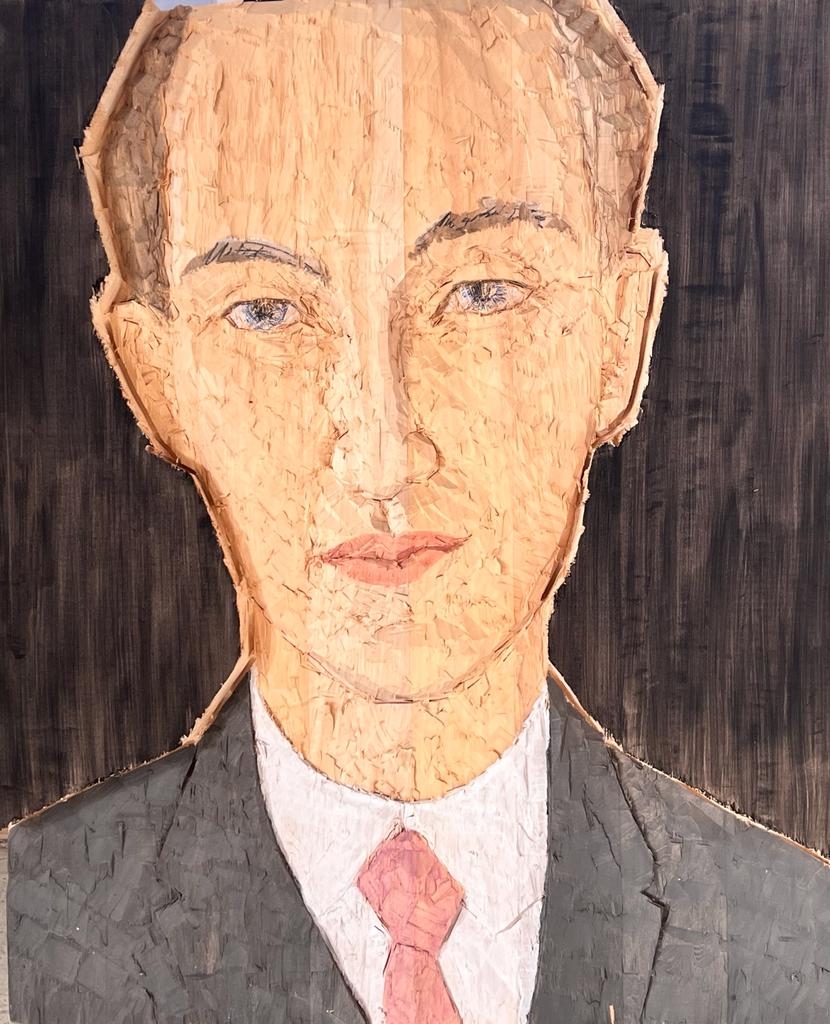
Man with pink tie (2022)
Wood, 120 x 95.5 x 11.7 cm
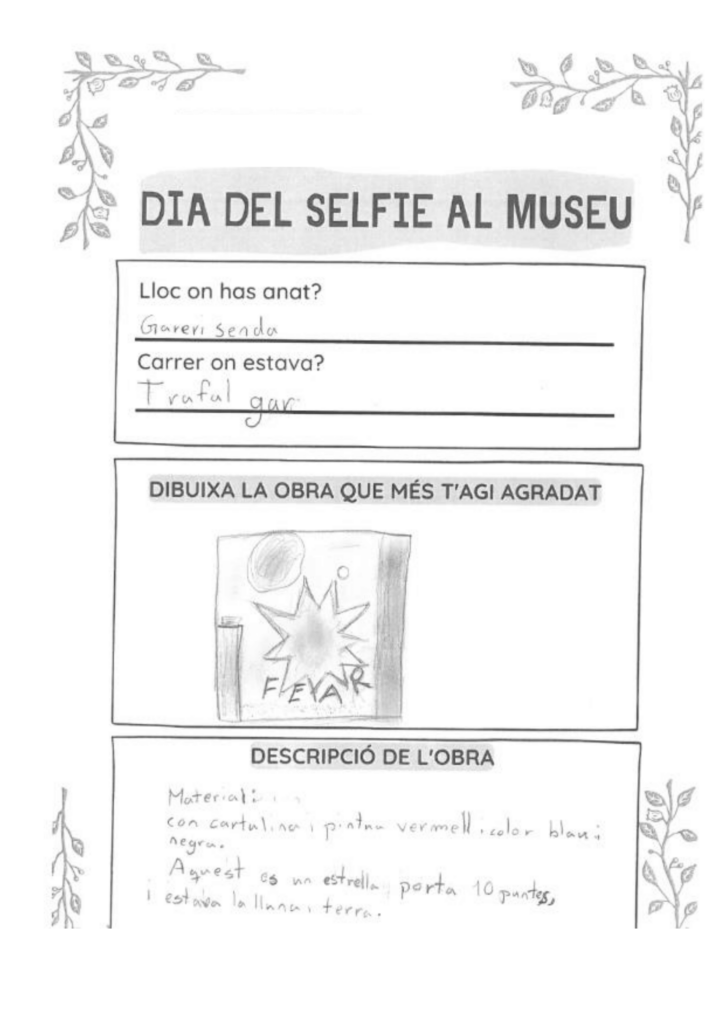
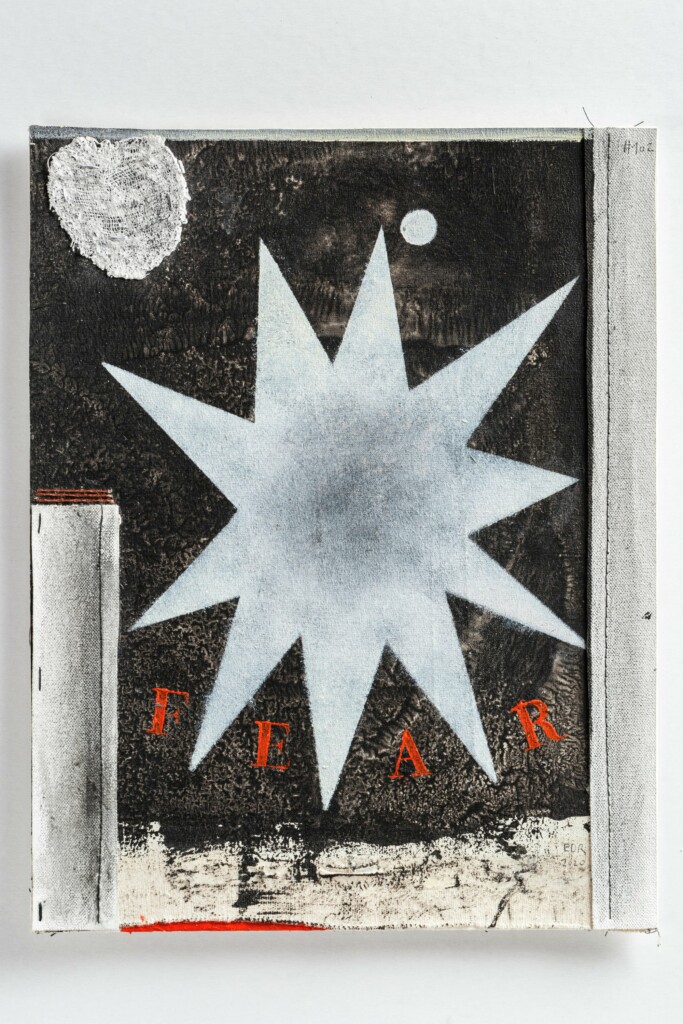
#102 (2020)
Collage with damaged and recovered fragments of acrylic on canvas, oil, thread and canvas plastered on museum board, 29 x 23 cm

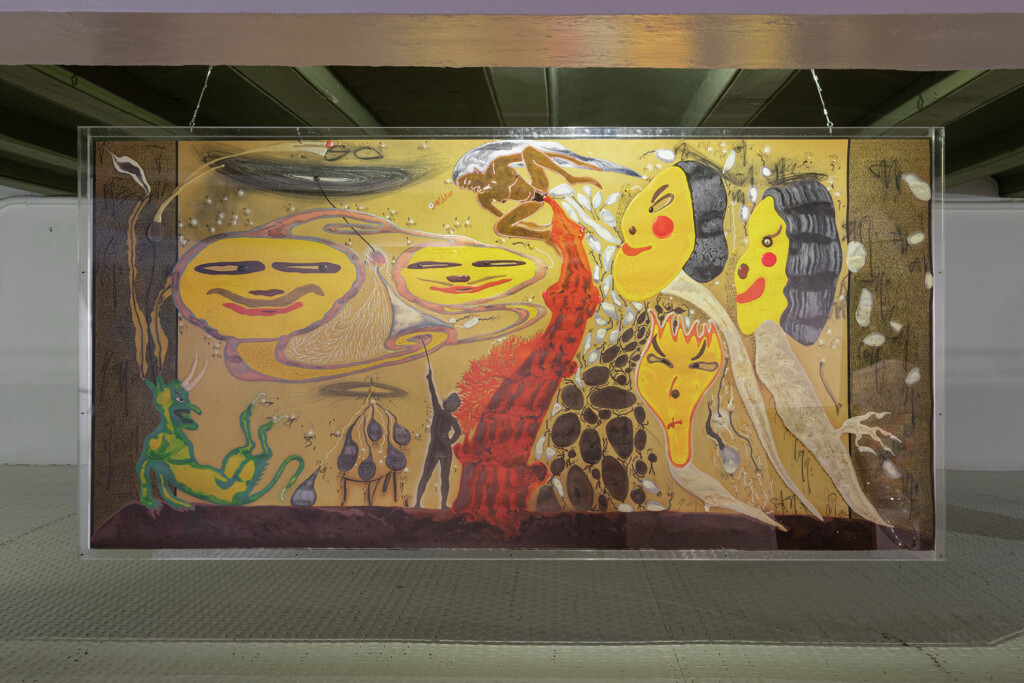
Girls Of My Life (1988)
Oil on paper, 92 x 184 cm

























































































